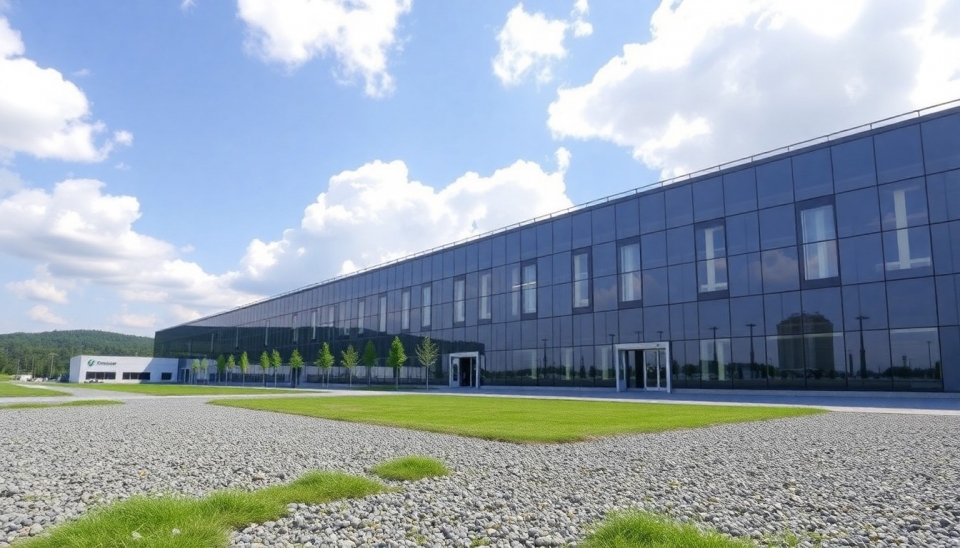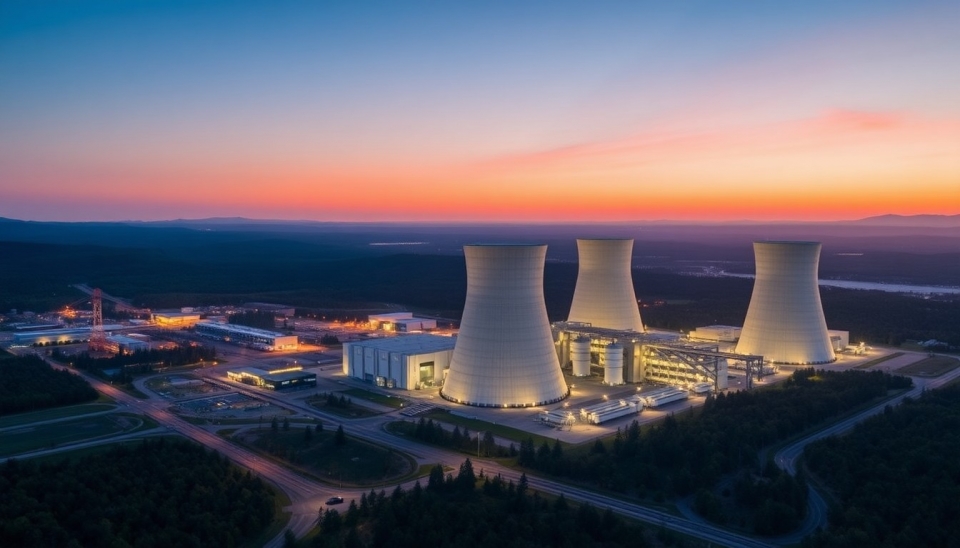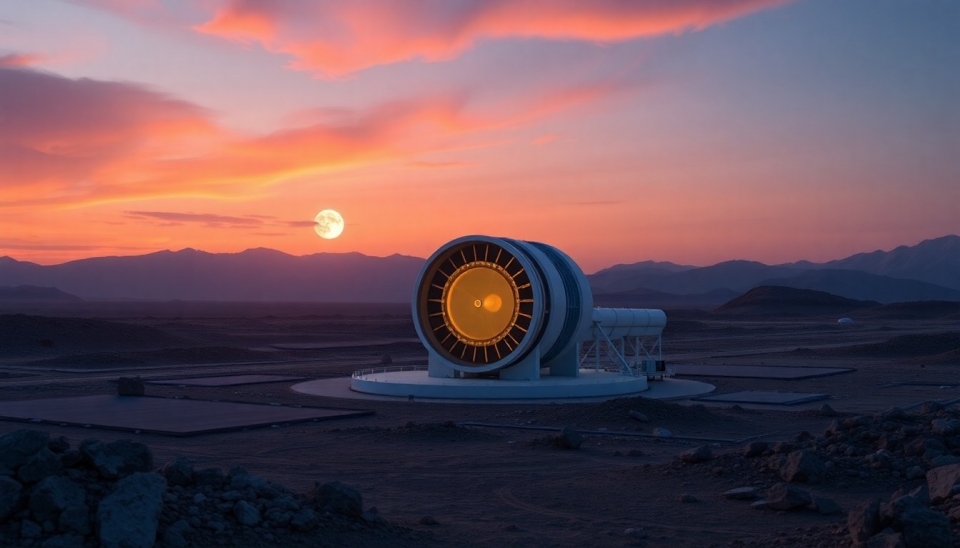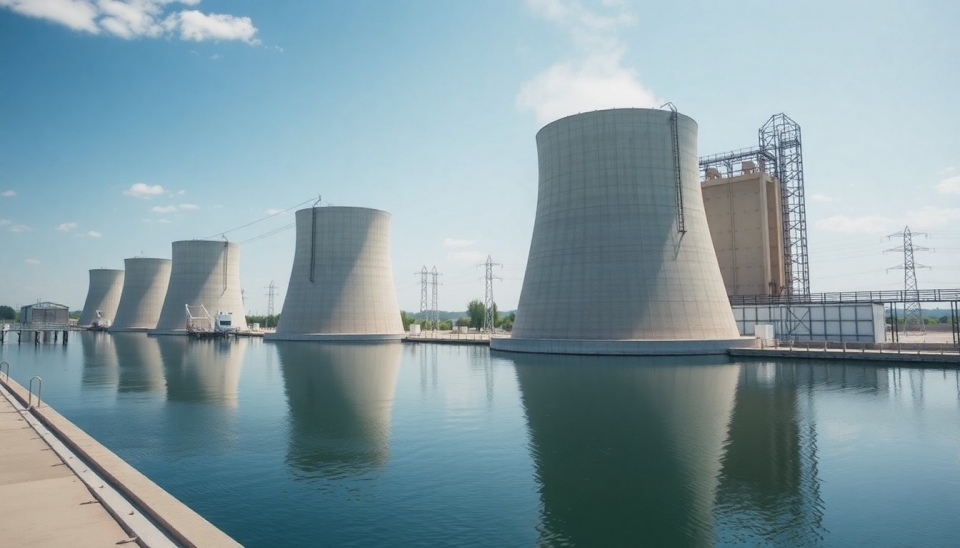
As the world increasingly embraces artificial intelligence (AI), a pressing concern has emerged: the escalating demand for electrical power, particularly from nuclear sources, to sustain these burgeoning technologies. An article recently published by Bloomberg emphasizes the urgency for a strategic overhaul as some of the largest AI research campuses grapple with the implications of their energy consumption.
Amid the rapid advancements in AI, data centers that support these technologies are exploding in number and complexity. Major players in the AI sector are reporting unprecedented growth in their energy needs—a trend that is becoming challenging for existing power infrastructures to meet. With the rise of AI models, the demand for electricity is surging, and analysts forecast a pivotal moment where traditional energy sources might not suffice.
Nuclear energy has gained interest as a viable solution to address the vast energy requirements stemming from AI operations. Unlike fossil fuels, nuclear power offers a low-carbon alternative, which aligns with global pushes towards greener energy solutions. However, the integration of nuclear power into the energy grid is not straightforward. Current regulatory frameworks, safety concerns, and public perception around nuclear energy significantly restrict its potential expansion.
Moreover, experts argue that the demand for energy can outpace supply within the next decade if substantial changes are not enacted swiftly. AI technology thrives on data processing and model training, both of which consume significant amounts of electricity. This web of interdependence means that the AI sector must collaborate with energy producers to foresee and mitigate potential power inadequacies.
In order to support this delicate balance between technological progress and energy availability, stakeholders must innovate new strategies that promote rapid deployment of nuclear resources. This includes easing regulatory bottlenecks, investing in advanced reactor designs that focus on safety and efficiency, and addressing the waste management issues fundamental to nuclear power.
With many governments around the world aiming for net-zero emissions, nuclear energy emerges as a critical player in the toolkit. Researchers highlight that emergent AI technologies could even aid in optimizing nuclear plant operations and enhancing safety protocols—ironically making the future of nuclear power operations as data-driven as the AI systems they help power.
However, it is pivotal that AI leaders engage in conversations with policymakers and energy companies early in the process to create a cohesive and integrative approach. If the need for immediate energy solutions continues to be brushed aside, there is a risk that the potential of AI will be stymied by energy crises—a scenario that no one in the tech sector desires to confront.
In conclusion, as nuclear power appears to be a beacon of hope amidst the energy challenges posed by the exponential growth of AI, a multi-faceted strategy involving collaboration, investment, and innovation is paramount. Industry leaders must act decisively and collectively to ensure that a sustainable energy ecosystem is developed that not only fuels AI ambitions but also aligns with overarching environmental aims.
#nuclearenergy #AI #energystrategy #sustainability #innovation
Author: Liam Carter




